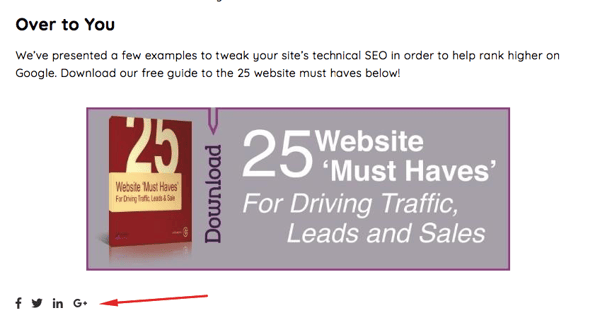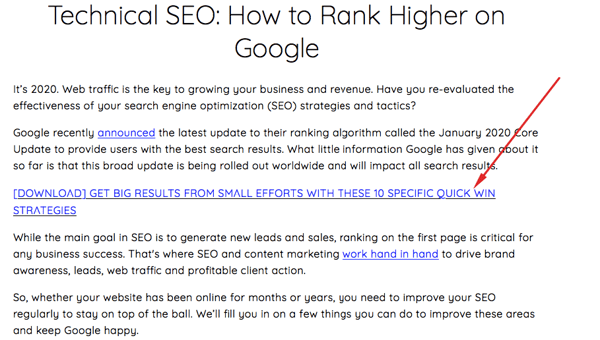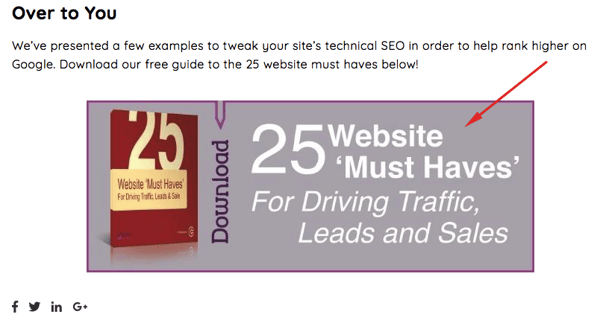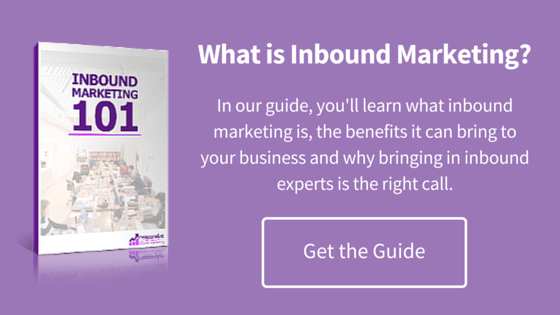Content is still the backbone of digital marketing and any successful business. If you want to convert visitors into customers with your online content marketing strategy, blogging should be a top priority.
Consider this. Marketers who prioritize blogging are 13 times more likely to see positive ROI. You’ll probably identify with more than one of these reasons why you should have a blog on your website:
- It helps to establish your brand as an industry expert
- It educates your target audience
- It helps build trust
- It boosts your website traffic and generates leads
- It promotes your company
- It drives potential clients into your pipeline
- It increases search visibility
![[ Free Download ] Need to know the basics and how to get started on creating a blog? I have you covered!](https://no-cache.hubspot.com/cta/default/389011/0ce6cf31-3676-4581-b45d-abea436673bc.png)
Business blogging requires planning, time and consistency—just like any marketing technique. In this post, we’ll walk you through the essential elements of a successful blog post to make sure you reap the benefits we’ve mentioned above.
Questions to Ask Yourself
1. Who is my target audience?
Always think about your audience whenever you write content—whether it be for a blog or email. This is where your buyer personas come into play.
Developing your buyer personas involves talking to your customers or prospects to understand their specific challenges and needs, and how your product or service can help them. By having all this pertinent information at hand, you can brainstorm new blog ideas and tailor your topics to their needs.
There are several ways you can go about approaching your readers to identify their interests and problems:
- Talk to your sales team
- Send an online survey to your existing customer base
- Read online reviews and forums to find what people are saying about products similar to yours
- Reach out to your subscribers, social media followers, or any other leads
2. What is the goal of my blog post?
Whether the purpose of your blog post is to address a problem with a solution or educate prospects and build authority, the goal is always to provide readers with added value. This is key to standing out from the competition.
Adding value to your post can include video, research, data visualization, resource links, and last but not least, unique information, tips, concrete examples and expert advice that provides your readers with solutions.
![[ Free Download ] Need to know the basics and how to get started on creating a blog? I have you covered!](https://no-cache.hubspot.com/cta/default/389011/0ce6cf31-3676-4581-b45d-abea436673bc.png)
3. Is my approach unique?
The last thing you want is for your post to sound or look like your competitors’ posts. That’s why it’s important to find a special angle or voice that helps to create an authentic connection with your readers.
Your post should align your unique selling proposition (USP), brand and target market. Combine those with memorable and quality information that readers will want to retain or share, and you’ll have the ability to turn your blog into a high-converting funnel.
4. What’s my plan to optimize my blog post for SEO?
Speaking of converting your readers into leads, you need to optimize your blog post for search engines.
An effective SEO strategy will help push your blog to the top of Google results when people search for related topics. Place relevant keywords that match the intent of your target reader.
For example, if your post focuses on cybersecurity, use trending keywords that are likely to drive traffic to that post, such as “business security services” or “cybersecurity solutions.”
There are tools that can help you find keyword phrases like Google Trends or Free Keyword Tool.
What else can you do to convert prospects while they’re on your page? Use call-to-action buttons. Depending on what steps you want them to take, there are different types of CTAs you can use. To help you understand, we’ve taken examples from our own blog posts:
Social CTAs that connect people to your social media platforms:

Blog subscription CTA:

In-line CTA:

Bottom-of-the post CTA:

Conclusion
These are just a few questions you can ask yourself before producing your next blog post. Answering them will help guide you through the blogging process.
If you need an extra pair of eyes to go over your content marketing strategy with you, we’re here to help.
Want more info like this? Download our free guide to learn inbound marketing best practices:
